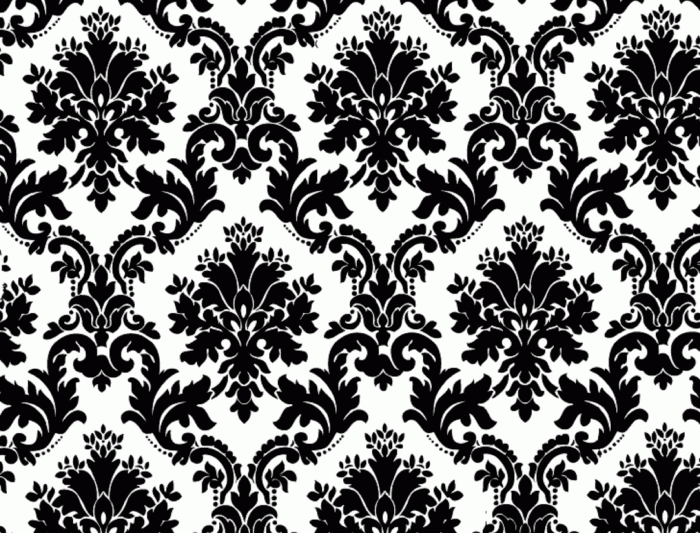Embarking on a captivating historical inquiry, we delve into the enigmatic question of “what color was George Washington’s white horse?” This exploration unravels a tapestry of evidence, artistic depictions, and cultural interpretations, illuminating the complex relationship between history, art, and the construction of our collective memory.
Historical records and anecdotes paint a vivid picture of George Washington’s equestrian presence, offering glimpses of his horse’s appearance. Paintings, sculptures, and other artworks provide visual representations, inviting us to examine the color choices made by artists across different eras.
What Color Was George Washington’s White Horse?

The color of George Washington’s horse has been a subject of debate for centuries. While it is commonly referred to as a “white horse,” there is evidence to suggest that it may have been a different color.
Historical Evidence, What color was george washington’s white horse
There are few documented descriptions of George Washington’s horse. One of the most detailed accounts comes from the diary of Reverend James McHenry, who accompanied Washington on a trip to Rhode Island in 1790. McHenry described the horse as “a very large, fine horse, of a brown bay color.”
Another account, from a letter written by Washington’s secretary, Tobias Lear, describes the horse as “a very large, elegant horse, of a dark bay color.”
These accounts suggest that Washington’s horse was not actually white, but rather a dark bay color. This color is a shade of brown with reddish undertones, and it is possible that it may have appeared white in certain lighting conditions.
Artistic Depictions
Paintings and sculptures of George Washington often depict him riding a white horse. However, it is important to note that these depictions are not necessarily accurate. Artists may have chosen to depict Washington’s horse as white for symbolic reasons, or they may simply have not known the true color of the horse.
One of the most famous paintings of George Washington, “Washington Crossing the Delaware,” by Emanuel Leutze, depicts Washington riding a white horse. However, there is no evidence to support the claim that Washington’s horse was white during the crossing of the Delaware River.
Popular Culture and Folklore
In popular culture, George Washington’s horse is often depicted as white. This is likely due to the fact that white horses are often associated with heroism and nobility. However, there is no evidence to support the claim that Washington’s horse was actually white.
The legend of the “White Horse of the Revolution” is a popular story that tells of a white horse that was ridden by George Washington during the American Revolutionary War. However, there is no historical evidence to support this legend.
Symbolic Meanings
The color of George Washington’s horse may have had symbolic meanings. White horses are often associated with purity, innocence, and victory. It is possible that Washington’s horse was chosen for its symbolic value, rather than its actual color.
The dark bay color of Washington’s horse may also have had symbolic meanings. Bay horses are often associated with strength, courage, and determination. These qualities may have been seen as appropriate for a horse that was ridden by a great leader like George Washington.
Question & Answer Hub
Was George Washington’s horse actually white?
Historical evidence suggests that George Washington’s horse was not pure white but rather a light gray or cream color.
Why is George Washington’s horse often depicted as white in popular culture?
The image of George Washington riding a white horse has become iconic, likely due to its association with purity, virtue, and heroism in Western culture.
What symbolic meanings have been associated with the color of George Washington’s horse?
The light gray or cream color of Washington’s horse has been interpreted as a symbol of strength, nobility, and the emerging nation’s hopeful future.

